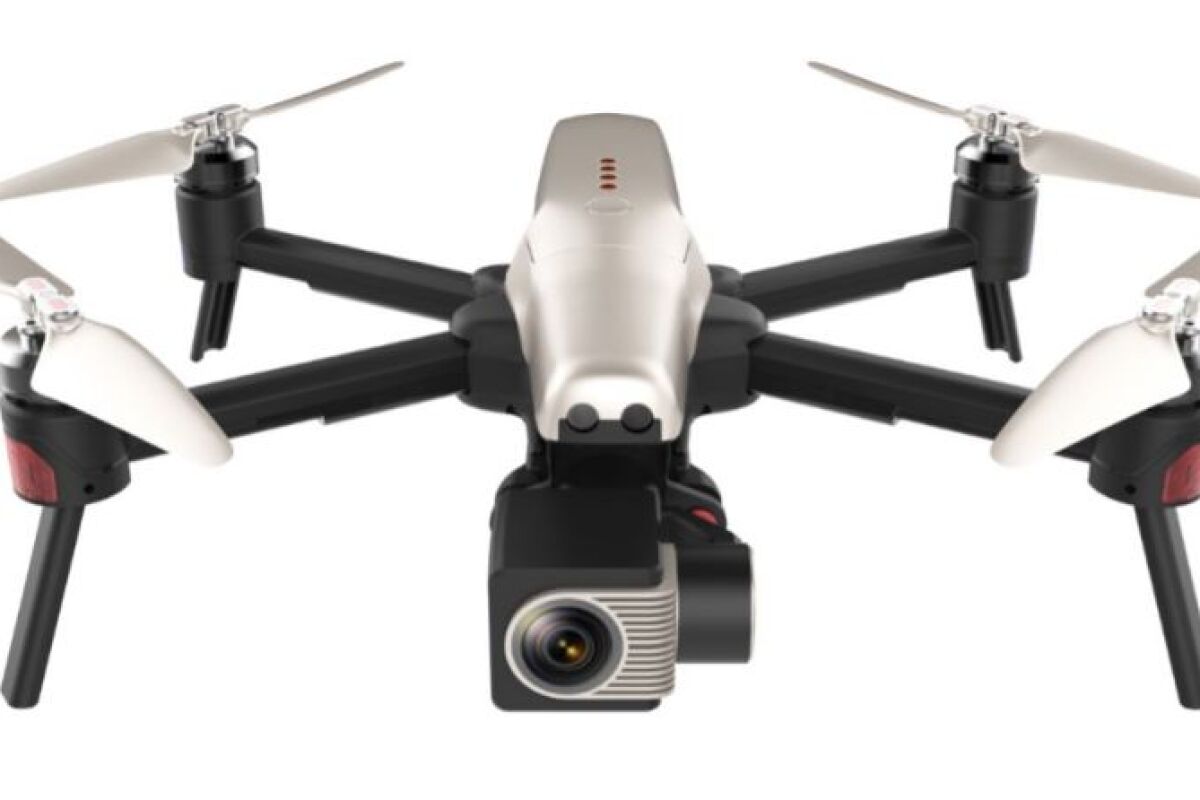Imitation is the sincerest form of flattery, they say, and if that's the case, then there's a heck of a lot of flattery going on between Chinese drone manufacturers. The Vitus 320, from Walkera out of Guangzhou, bears a strong resemblance to the Mavic, from DJI out of Shenzhen.
The Vitus is a super-portable, folding quadcopter. Its blades also fold in half for super-quick setup and teardown. It sports a 4K, gimbal-stabilized camera, dual GPS flight stabilization and a miniature controller with arms that fold out to hold your phone as a screen. It'll fit easily in a backpack or even cargo pocket. So far, so Mavic.
Its obstacle detection functionality is actually slightly better than the Mavic's, keeping an eye out to the front, left and right of the drone where the DJI effort only stops you from crashing into things forwards. But the DJI gear can see further than Walkera's 5-meter detection zone.

Its camera also offers a wider angle of view at 85 degrees against the Mavic's 78.8 degrees, which will be handy in some situations and less useful in others.
Some automated flight seems possible, with the addition of a Smart Follow mode that uses a similar visual tracking algorithm to DJI's ActiveTrack. But there's no mention of automated point-of-interest circling, pre-planned flight paths or tap to fly.

It's reasonable to expect that the Vitus will have a much smaller transmission range than the Mavic's ludicrous 7-kilometer range. On the other hand, flying so far away is almost always illegal, and pretty stressful to boot. A shorter range won't ruin many shots for most pilots.
Perplexingly, Walkera has built in an augmented reality pew pew game that lets you treat your aerial camera system like a toy. I'm not sure I can see that catching on.

The Vitus 320 is a couple of hundred dollars cheaper than the Mavic at US$799.
Source: Walkera Vitus 320










